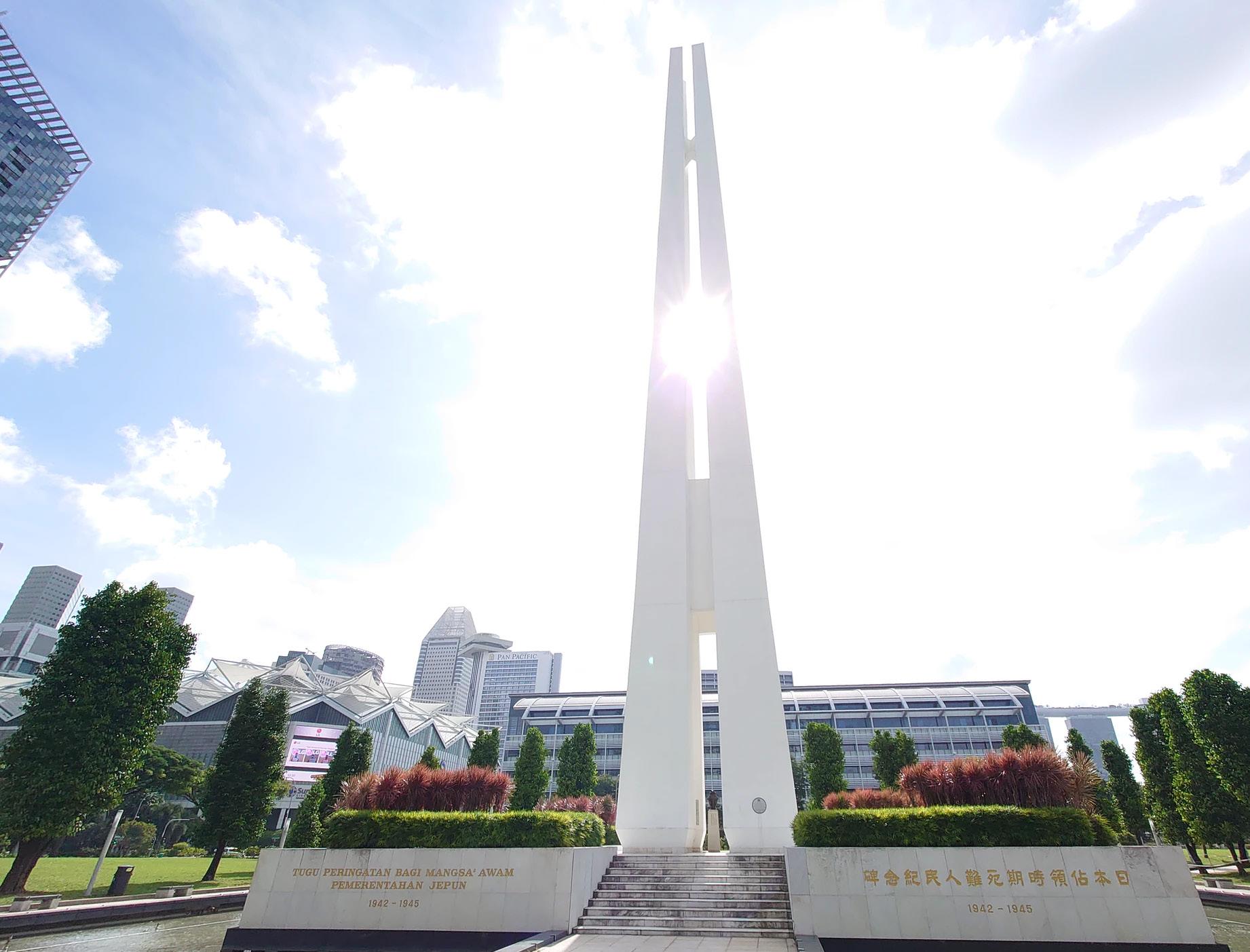
3 minute read
Poems, Poppies and Veterans
"Lest we forget"
by Meg Farrell Sine
Advertisement
One American holiday bookmarked between the merchandising hype of Halloween and the family intensity of Thanksgiving is the more quiet and ceremonial Veterans Day. What is the story behind this national holiday and its historical context? Also, why the red poppies, what is a doughboy and where is Flanders? Veterans Day is quite personal for me. My father, Frank M. Farrell, Jr (RIP), was a veteran of the US Eighth Air Force during WWII.

Frank M. Farrell, Jr. at Clarkson College ROTC
He never spoke about the fighting, only what it was like to fly a plane for eight hour missions in frigid temperatures and low oxygen, and the unique friendships he had with his fellow crewmates. On Veterans Day and Memorial Day, he taught my siblings and me about patriotism, honoring the flag and supporting veterans' groups such as the American Legion and Veterans of Foreign Wars. Despite his silence about war and fighting, his enlistment in the military was a powerful and formative experience in his life. Veterans, because of the impact of their service and sacrifice, deserve to be celebrated.

Frank (3rd from left) with his brothers and father
Poppies in Flanders Fields
The red poppies come from the famous poem "In Flanders Fields." In 1915, John McCrae, a Canadian army doctor stationed on the front in the Flanders region of Belgium, was reflecting on the recent death of a close comrade. Despite the bone-rattling booms of nearby explosions, he could still hear the birds singing and see red poppies blooming between rows of graves in an adjacent cemetery. His remarkable poem led to the red poppy becoming a symbol of blood shed on the battlefield. Read more about "In Flanders Fields" on our All Nationalities column.

Poppies commemorating fallen veterans
Doughboys
The American infantrymen in WWI were called doughboys. One explanation for this nickname came from the Mexican American War (1846-1848) when soldiers, marching along dusty paths, looked like they were covered in flour or “dough,” thus the name doughboys. Mass-produced statues of doughboys are still found throughout the USA.
Veterans Day and Memorial Day

Singapore War Memorial Park
On November 11, 1918, after four years of war, the Allies and Germany agreed to an armistice, or ceasefire. Around the world, the anniversary of the armistice became a day to remember all of the sacrifices made by the members of the armed forces and by civilians in times of war. In 1938, US Armistice Day became a national holiday. After WWII, in 1954, and at the urging of veterans’ service organizations, the name was changed to Veterans Day to honor veterans of all wars. Memorial Day, begun after the Civil War, is a US holiday to honor military members who paid the ultimate sacrifice.
Commonwealth traditions
For the armistice anniversary in the UK, many people wear the red paper poppy and celebrate Remembrance Sunday (the Sunday nearest to November 11). Around the world, British Commonwealth nations and some European countries also commemorate the armistice on Remembrance Sunday with military parades and a moment of silence at 11am.

Frank's Crewmen
In 1931, Canada’s federal government adopted an act to observe Remembrance Day on November 11. The act stopped short of declaring the day a national holiday, thinking the day-off aspect would ruin the solemn memorial traditions of the day.
Memorial sites in Singapore that honor veterans
• Kranji War Memorial and Cemetery is a lovely hillside cemetery that pays tribute to soldiers from Britain, Australia, Canada, Sri Lanka, India, Malaya, the Netherlands and New Zealand who died in the line of duty in Singapore during WWII. There is a Chinese Memorial that marks the mass grave of 69 local Chinese servicemen.
• Singapore War Memorial Park commemorates the thousands of Singaporean civilians who died during WWII. This memorial contains an obelisk formed by four 65-meter pillars representing Singapore’s four major ethnicities: Malay, Chinese, Indian and Eurasian.
• The Singapore Cenotaph is a monument built in 1922 in memory of 124 British soldiers born or residing in Singapore who died in WWI.

Meg is AWA's Communications Director. Contact her at communicationsdirector@ awasingapore.org










